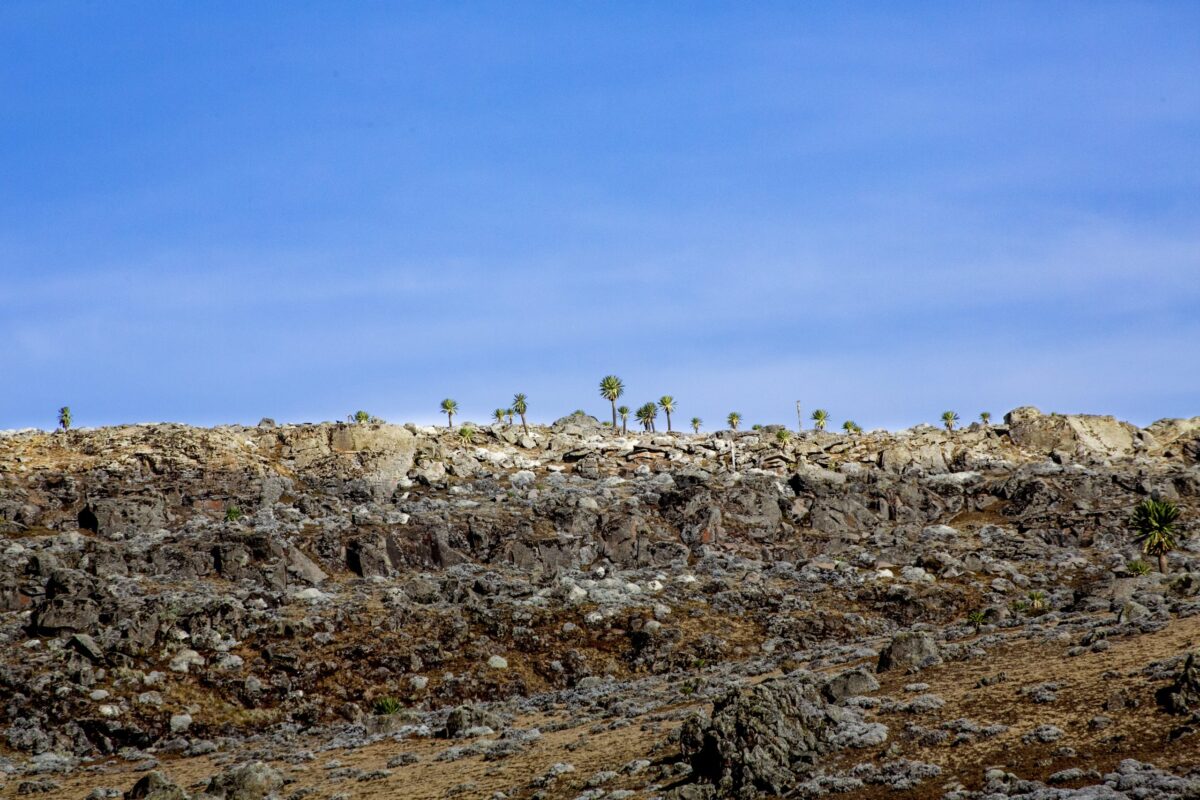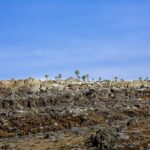My latest article is now published on “Africa is a Country.” I write about a road trip with my late father through Ethiopia’s majestic Bale Mountains National Park, a UNESCO World Heritage Site, grappling with the pressures of both neglect and modernity. As we traveled the landscapes rich in biodiversity and historical resonance, the expedition became a metaphor for Ethiopia’s broader challenges: the tug-of-war between rapid development and the profound need for conservation.
The article dives into the delicate balance between ambition and preservation, set against the backdrop of a nation undergoing political and environmental transformations. It offers reflections on the weight of legacies—those we inherit, those we forge, and those we leave behind.
Here’s an excerpt:
In recent decades, Ethiopia has undergone swift development, fueled by a burgeoning population. Now the second most populous nation in Africa, Ethiopia is home to around 126 million people. This demographic explosion has inevitably led to expanded land use, putting the Bale Mountains under intensified strain. With few alternative habitats available, the pressure on this sanctuary escalates, raising the stakes for its protection.
…
The Bale Mountains National Park, by all accounts, is gasping under the weight of neglect. How does its slow degradation align with the grand ambitions of a leader? It’s as if the seduction of pioneering the “first-ever” has eclipsed the humble yet profound act of safeguarding the “last remaining.” The unfortunate irony is that in pursuit of a shiny, enviable legacy, what gets overlooked is an already existing legacy—a naturally curated masterpiece, millennia in the making.
In this, leaders become architects of paradox, masterminding what could only be described as a narrative dissonance: pushing forth the new while the old falls apart in quiet agony. The accolades flow for the former, while the latter only gathers the dust of obscurity and the quiet lamentation of those who remember. Such is the pitfall of a certain brand of ambition—a willful blindness to what is, in pursuit of what could be, a blindness that often exacts a steep price on one’s actual legacy and the very world one aspires to transform.
Nuruddin Farah’s penetrating vision of Ethiopia as a perpetual “demolition site” provides a counterpoint to the theme of misguided ambition. This destructive Groundhog Day phenomenon, as Farah calls it, makes it even more vital to question the quality of ambition driving the country’s current leaders. If today’s accomplishments will be tomorrow’s ruins, then it behooves those in power to weigh their pursuits with a long-term lens—a lens that privileges not just building anew but conserving what already exists. A leadership caught in the riptide of political one-upmanship, constantly aiming to dismantle the old to make way for the new, risks losing the nation’s heritage, its environment, its very soul.
Here is my article, “Landscapes of ambition and neglect.”





Comments are closed.